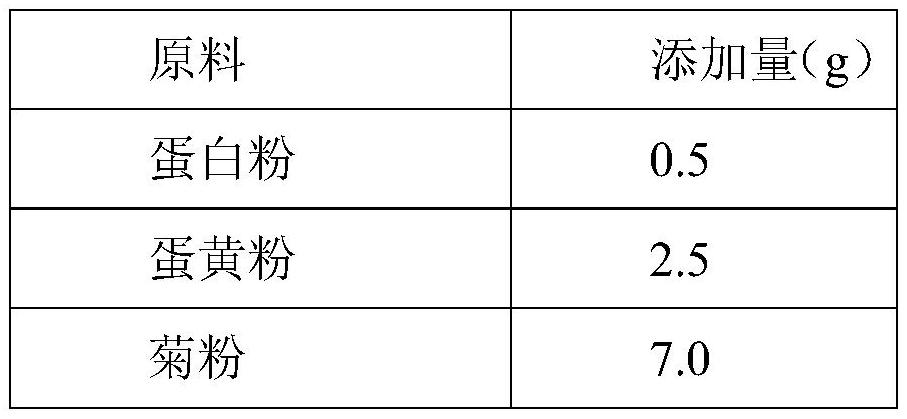Bifidobacterium lactis MN-Gup dairy product and application thereof in improving type 2 diabetes mellitus
A technology for type 2 diabetes and Bifidobacterium lactis, applied in bifidobacteria, dairy products, applications, etc., can solve problems such as reducing intervention effects, adverse drug side effects, and easily causing drug resistance, reducing blood sugar levels and improving regulation. Intestinal flora balance, the effect of restoring healthy intestinal flora
- Summary
- Abstract
- Description
- Claims
- Application Information
AI Technical Summary
Problems solved by technology
Method used
Image
Examples
Embodiment 1
[0096] 1. Preparation of Bifidobacterium lactis MN-Gup bacterial powder
[0097] The fermented strain Bifidobacterium lactis MN-Gup (the strain is preserved in the General Microorganism Center of the China Microbiological Culture Collection Management Committee, and the preservation number is CGMCC No. 15578) is activated and cultured with MRS, and cultured at 37°C for 16-20h, and cultured To the logarithmic phase, the number of viable bacteria reached 10 9 cfu / mL.
[0098] Bifidobacterium lactis MN-Gup was centrifuged at 6000rpm for 2.5h to collect wet cells, and lactose was added as a freeze-drying protectant. The mass ratio of the amount of freeze-drying protectant to the collected cells was 0.8:1 to obtain a concentrated bacterial liquid , the concentrated bacterial solution was freeze-dried at -50°C for 24 hours to obtain Mn-Gup bacterial powder, and the number of viable bacteria was greater than 3×10 11 cfu / g.
[0099] 2. Preparation of Mn-Gup fermented milk with impr...
Embodiment 2
[0124] 1. Improvement effect of Bifidobacterium lactis MN-Gup fermented milk on T2DM mouse model
[0125] Select 60 male SPF grade C57BL / 6J male mice aged 6 weeks, and house all the mice in an animal room with a constant temperature of 21-25°C and a humidity of 40-70%, and the room maintains a 12-hour light / dark cycle. The breeding process complied with the relevant guidelines for the management and protection of experimental animals. Mice were first fed with common feed to adapt to the environment for 1 week (recorded as the first week of the experiment). Then they were randomly divided into 4 groups, 15 mice in each group, namely control group, model group, HFD+Mn-Gup-low dose group and HFD+Mn-Gup-high dose group.
[0126] Control group: fed with common feed during the 2nd to 13th weeks of the experiment;
[0127] Model group: fed with high-fat feed. After 5 weeks of high-fat diet induction, the mice in the high-fat diet (HFD) group were intraperitoneally injected with st...
PUM
 Login to View More
Login to View More Abstract
Description
Claims
Application Information
 Login to View More
Login to View More - R&D
- Intellectual Property
- Life Sciences
- Materials
- Tech Scout
- Unparalleled Data Quality
- Higher Quality Content
- 60% Fewer Hallucinations
Browse by: Latest US Patents, China's latest patents, Technical Efficacy Thesaurus, Application Domain, Technology Topic, Popular Technical Reports.
© 2025 PatSnap. All rights reserved.Legal|Privacy policy|Modern Slavery Act Transparency Statement|Sitemap|About US| Contact US: help@patsnap.com



